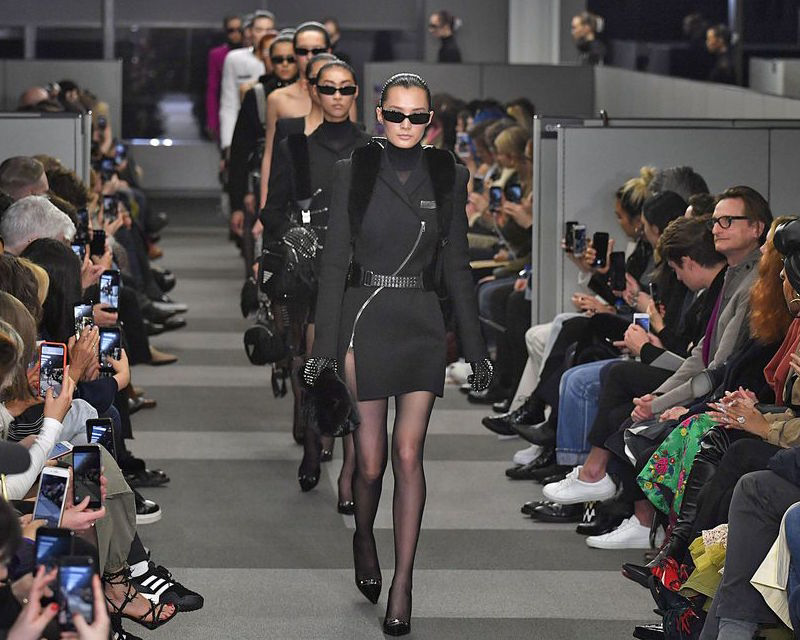On Feb. 8, the fashion industry kicked off the F/W season with a bang by introducing a new collection of outfits and trends in the most conventional way possible: New York Fashion Week (NYFW). As one of the “Big Four” fashion weeks, besides Paris, London, and Milan, the 8 day long, semi-annual event was highly anticipated in the fashion world. While the event might appear to be the same tedious affair each year for indifferent spectators, this month’s fashion week garnered significant public attention for several reasons.
“My favorite show was by Raf Simons,” said Brian Park (10), a fashion enthusiast. “Simons continued to prove himself as one of the most important and unique designers of all time, drawing inspiration from Belgium, his home country. Furthermore, he emphasized the problem of drugs and hedonism in his pieces, and I was impressed once again by his ability to merge casual aesthetics and messages directed towards social issues.”
As per usual, well-known celebrities sat in front row seats for high-profile shows. This year, celebrities such as Cardi B, Zayn Malik, the Beckhams, and the Kardashian-Jenner family were present for the occasion, dressed in their most striking outfits. On the runway, famous brands such as Calvin Klein and Tom Ford boasted their new F/W collections, allowing the crowd to take their time and admire the different pieces. Juicy Couture, the brand most famous for their iconic tracksuits, made their debut at NYFW, featuring both casual and formal wear from their Black Label.
“I think it’s hard to point out one specific trend I liked,” said Jenny Kim (11), an avid follower of NYFW. “However, I did really like how a lot of the outfits were layered in a casual but structured way. A lot of designers had outfits in which slip-on dresses and tank tops were layered over tighter sweaters and shirts, and that kind of style isn’t just something models wear on the runway, but something anyone can recreate.”
Among the most eye-catching trends were unique patterns and details, including folk print, feathers, colorful fur, and shoulder pads. These seemingly minor aspects allowed designers to express more individuality and distinguished different brands from one another. Thus, for the upcoming season fashion enthusiasts can expect to see a blend of flashy designs from the 80s, along with the usual muted tones of fall and winter. In fact, photos of such outfits have already take social media by storm, with the hashtag NYFW being used in thousands of photos on Instagram.
“Initially, I wasn’t really excited about NYFW,” said Bona Kim (10), a fashion enthusiast. “I heard about some designers pulling out of the show and heading over to Paris to do their shows there. But after so many pictures from the event started to appear on my social media, I became interested and started looking at some blogs and articles. I think social media was a great way to learn about the event without actually being there.”
Indeed, to those indifferent to NYFW, the shows may just seem like a way to show off the next season’s collection of clothes. But the economic impact of the event is enormous: with more than $900 million raised each year, the city of New York benefits as a whole, mostly thanks to the spending of visitors and celebrities. This year, the results were no different—more than 100,000 visitors flocked to the Big Apple to attend shows, eat, shop, and roam the streets, with each person spending an average of $2,000 during their visit. There was no doubt that this year’s fashion week was, once again, a huge success.

